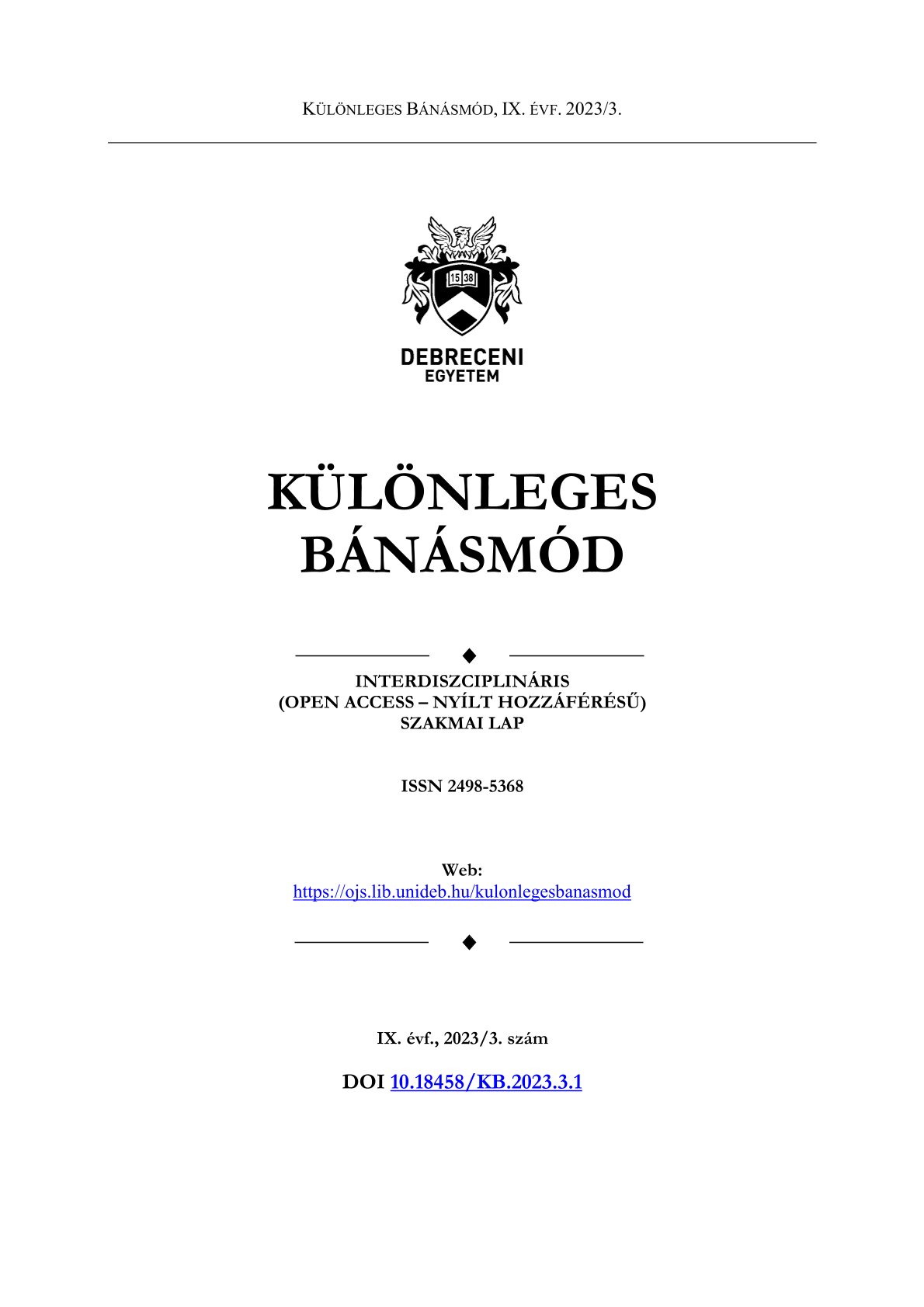THE IMPLEMENTATION OF WALDORF EDUCATION IN INDONESIA AT A GLANCE
Authors
View
Keywords
License
Copyright (c) 2023 Miranda Hesti, Anikó Varga Nagy (Ph.D.)

This work is licensed under a Creative Commons Attribution-NonCommercial-NoDerivatives 4.0 International License.
How To Cite
Abstract
In the education world, Waldorf education exists in some countries. Waldorf education revitalized the Indonesian education issue to improve individual well-being. This study reviews Waldorf education in Indonesia. We collected data via online content analysis focused on the Waldorf school website and Facebook. It was reported that Waldorf education only exists in big cities such as Jakarta, Bandung, Yogyakarta, Balikpapan, and Bali. All Waldorf education in Indonesia only offered play gardens, except Arunika Waldorf and Madu Waldorf, which offer an elementary school. All of the websites from Jagat Alit, Arunika, Bambino Preschool, Madu Waldorf, and Kulila Playgroup provide all the information about their school. However, for Denia Beun Play Garden, the information was mostly updated on their Facebook account. The implementation of Waldorf philosophy was well implemented in all schools. The adjustment point only on cultures because of the differences between Europe culture and Indonesian culture.
References
- Barkved, F. (2018). View of history and history teaching in Waldorf education. Research on Steiner Education, 8(2), 105-119.
- Chazan, B. (2021). What is “education”? Principles and pedagogies in Jewish education. Palgrave Macmillan.
- Chodakowski, A., Egan, K., Judson, G. C., & Steward, K. ( 2011). Some neglected components of teacher education program. In C. J. Craig & L. F. Deretchin (Eds). Cultivating curious and creative minds (pp. 5-21). Rowman & Littlefield Education.
- Dahlin, B. (2017). Rudolf Steiner the relevance of Waldorf education. Springer.
- Edmunds, F. (2012). An introduction to Steiner education. Rudolf Steiner Press.
- Mező, K., & Mező, F. (2014). The IPOO-model of creative learning and the students' information processing characteristics. Horizons of Psychology 23 136-144. DOI 10.20419/2014.23.414
- Paul, J., & Hennig, B. (2020) Rudolf Steiner Education and Waldorf Schools: Centenary World Maps of the Global Diffusion of “The School of the Future”. Journal of Social Sciences and Humanities, 6 (1), 24 - 33.
- Petrash, J. (2002). Understanding Waldorf education teaching from the inside out. Gryphon House, Inc.
- Randoll, D., & Peters, J. (2015). Empirical research on Waldorf education. Educar em Revista, Curitiba, Brasil, 0 (56), 33-47 DOI 10.1590/0104-4060.41416
- Pálfi S., Rákó E.; Varga Nagy A.& Teszenyi E. (2020): Children’s rights in Hungary in early childhood education and care In: Jane, Murray; Beth, Blue Swadener; Kylie, Smith (edit) The Routledge International Handbook of Young Childrens Rights. London, Routledge of Taylor and Francis Group pp. 354-365.
- Stehlik, T. (2019). Waldorf schools and the history of Steiner education: An international view of 100 years. Lees, H., & Reiss, M. (Eds.) Palgrave Macmillan.
- Steiner, R. (2004). Human values in education. Anthroposophic Press.
- Verlag, R. S. (1996). Rudolf Steiner in the Waldorf school: Lectures and addresses to children, parents, and teacher 1919-1924 (Creeger, C. E., Trans). Anthroposophic Press. (Original work published 1980).


 https://doi.org/10.18458/KB.2023.3.111
https://doi.org/10.18458/KB.2023.3.111